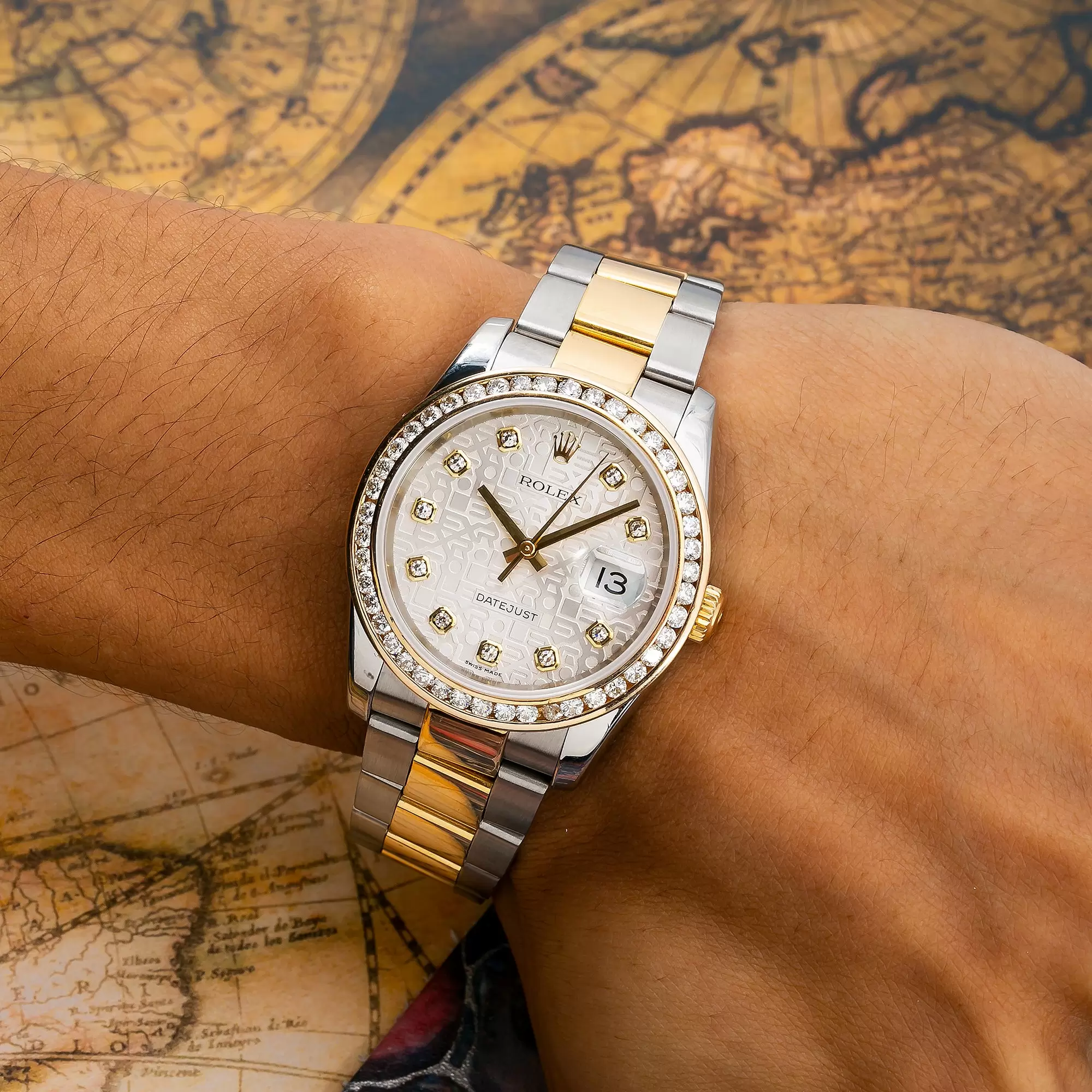
Exceptional Vintage Rolex Watches Under $10,000
While iconic models like the Daytona command astronomical sums, a world of horological excellence remains accessible. Here, we explore four exceptional vintage Rolexes, each offering distinct character, heritage, and undeniable value beneath this ceiling.
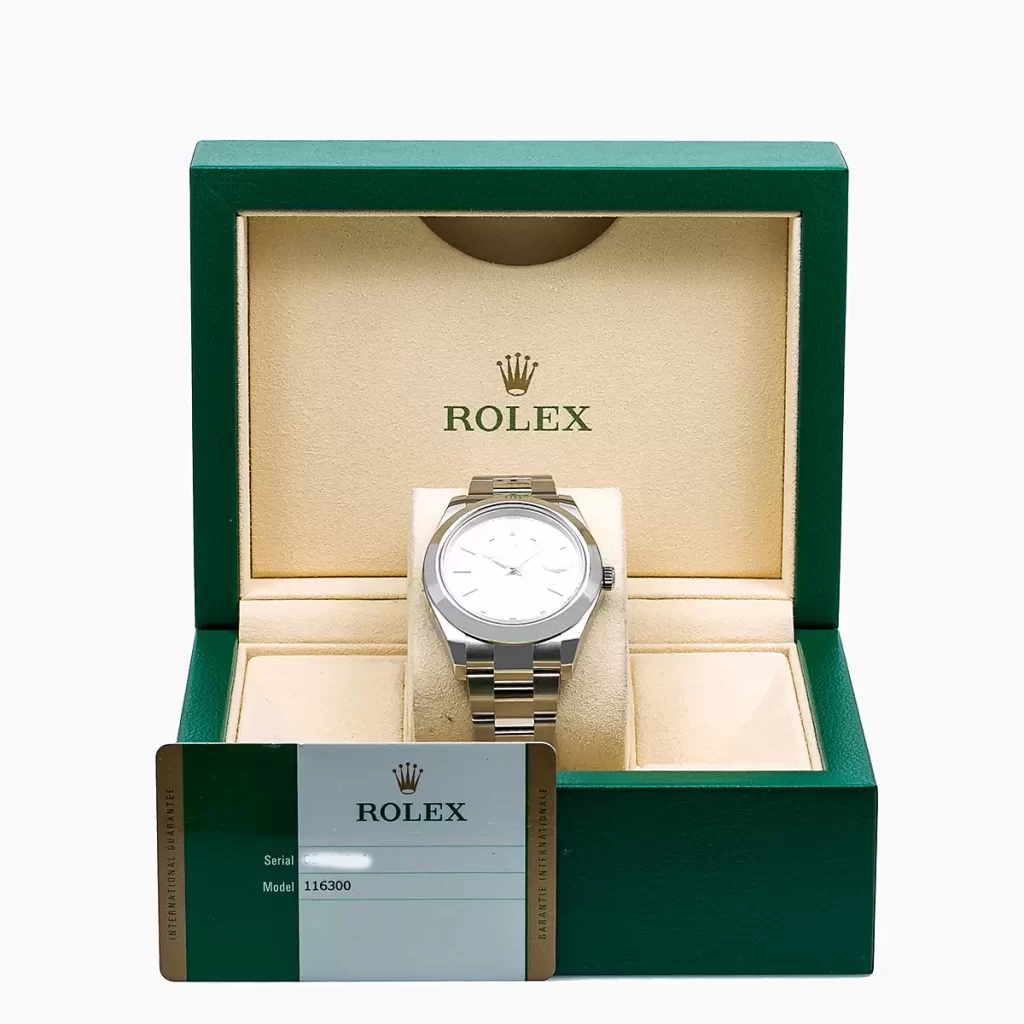
Reference 16550 (Black Dial)
Born in 1971 for spelunkers navigating perpetual darkness, the Rolex Explorer II evolved significantly. The reference 16550, introduced in 1985, marked a pivotal moment. It was the first Explorer II to embrace true GMT functionality, allowing wearers to track a second time zone – a boon for travelers and professionals alike. Moving beyond its predecessors, it featured a larger, contemporary 40mm stainless steel case, the resilience of a sapphire crystal, and offered collectors a choice between striking black or crisp white dials. At its heart, the self-winding Caliber 3085 hummed with precision at 28,800 vibrations per hour.
Why does the black-dial 16550 shine for the new collector? It embodies the coveted Rolex sports watch DNA – robust, purposeful, instantly recognizable with its fixed 24-hour graduated bezel and bold red 24-hour hand. The dial presents the classic Rolex lexicon: luminous Mercedes-style hands, applied hour markers, a practical date window at 3 o’clock magnified by the signature Cyclops lens, all secured within that rugged Oyster case on the three-link bracelet.
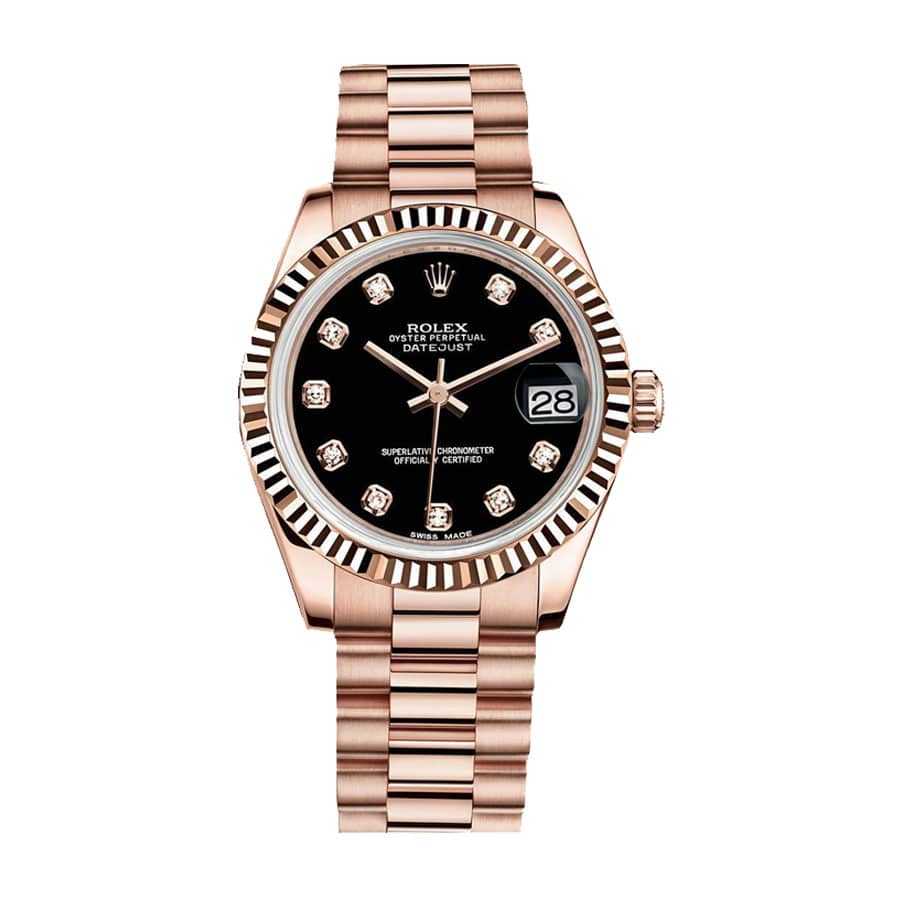
Yet, the Explorer II often dwells in the shadow of its siblings, the Submariner and GMT-Master. Furthermore, black dial variants of the 16550 are doubly overlooked. Collector fascination frequently centers on white dial examples, particularly those where a unique paint defect has bestowed a highly sought-after creamy patina. This confluence of factors renders the black dial 16550 a remarkably undervalued proposition. For under $10,000, one acquires not just a genuine Rolex sports watch with compelling history and functionality, but a piece ripe for appreciation.
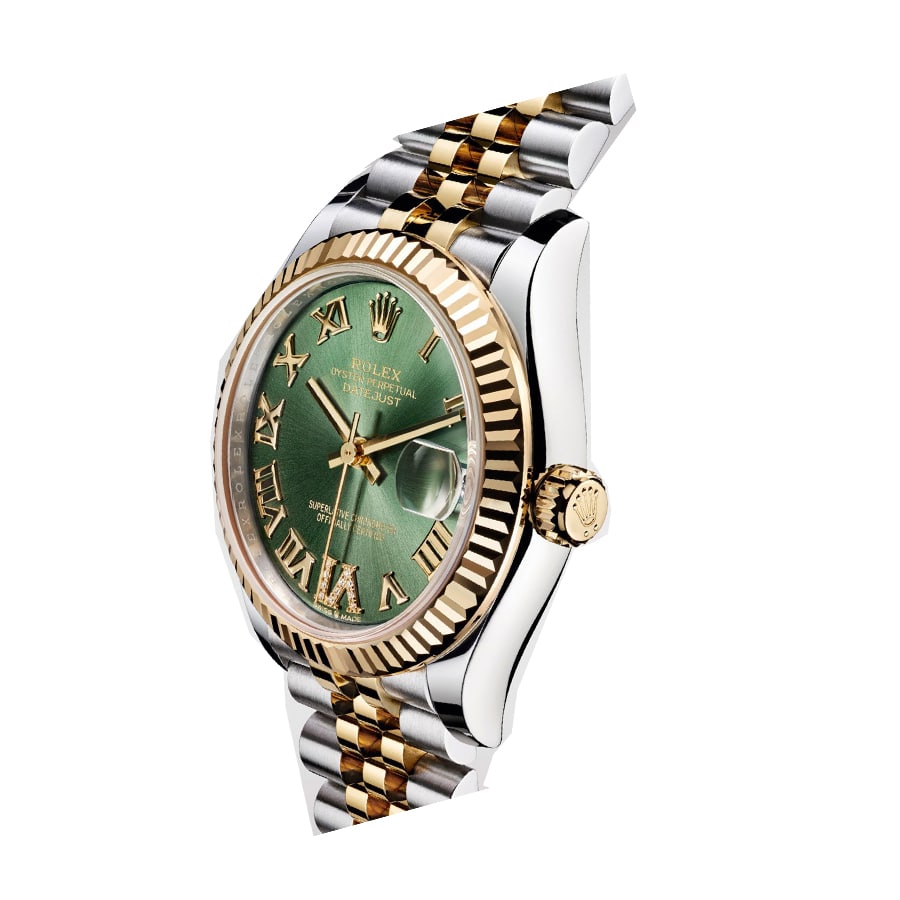
The Rolex Date (34mm)
A cornerstone of the Rolex catalog for over six decades, the now-discontinued Date model offered the essential Datejust elegance in a more compact 34mm form. True to its name, every Date features the practical date display at 3 o’clock, enhanced by the legibility of the Cyclops lens.
The Date 34mm presents a masterclass in timeless, understated style, making it an impeccable choice for daily vintage wear. Its dimensions are currently experiencing a well-deserved renaissance, suiting a vast range of wrists with effortless grace. The true allure lies in its astonishing diversity. Prospective owners can explore iterations crafted from solid stainless steel, warm solid gold, or the enduringly popular two-tone combinations. Beyond metals, the spectrum widens with dials in myriad colors, bezels ranging from smooth and understated to intricately fluted or engine-turned, and bracelets including the supple Jubilee, robust Oyster, or classic leather.
For the novice collector, the Date offers a significant advantage: accessibility. Representing some of the most attainable Rolex models on the secondary market, excellent examples in steel, two-tone, and even solid gold can readily be found for less than $10,000. This blend of classic Rolex design, manageable size, and vast stylistic options makes the Date a compelling and versatile entry point.
Datejust 36
Debuting in 1945 to celebrate Rolex’s 40th anniversary, the Datejust stands as perhaps the most recognizable watch in the world, embodying timeless sophistication. As Rolex’s most diverse collection, it spans sizes, metals, bezels, bracelets, and dials. The unifying elements are the signature date window at 3 o’clock with its Cyclops magnifier and the reliable Perpetual self-winding movement. While sizes vary, the original and most classic proportion remains the 36mm Datejust.
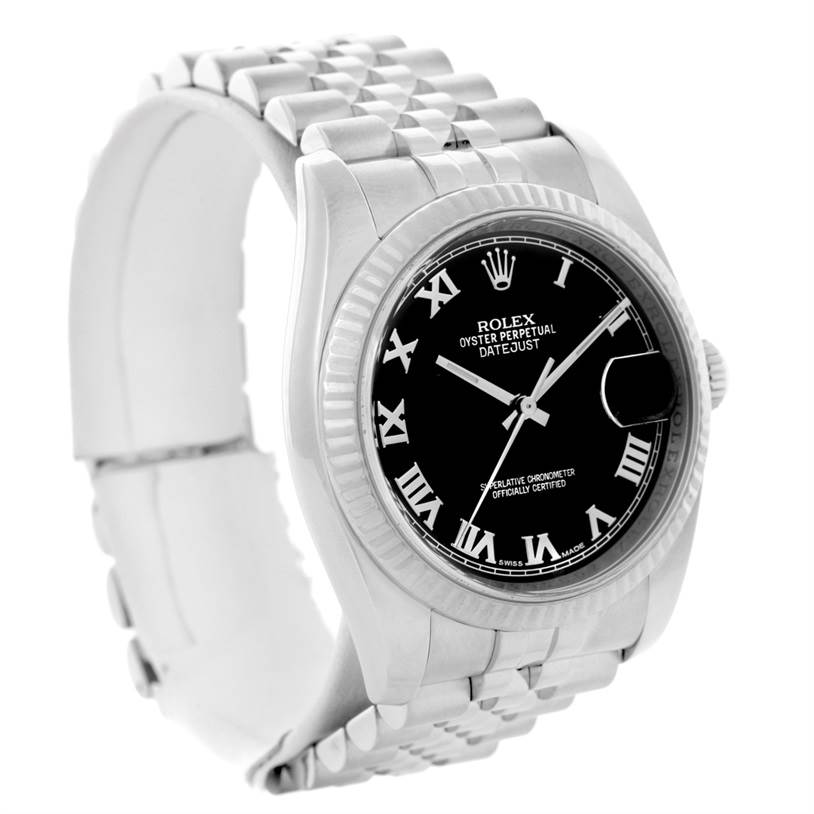
For a first venture into vintage Rolex, the Datejust 36 is an exemplary choice. It delivers the instant recognition of an icon while offering unparalleled scope for personalization. Delve into nearly eight decades of production to find your perfect combination of material, bezel style, bracelet, and dial design. One can embrace the charming patina of vintage elements like tritium lume plots and domed acrylic crystals on older references, or opt for the convenience and durability of sapphire crystals and quickset date functions found on newer examples.
The 36mm case diameter is widely regarded as a universally flattering size. With a budget of $10,000, the market opens to a splendid array of vintage and neo-vintage Datejust 36 models. Acquiring one is not merely starting a collection; it’s securing a piece of horological history, a watch designed to transcend fleeting trends.
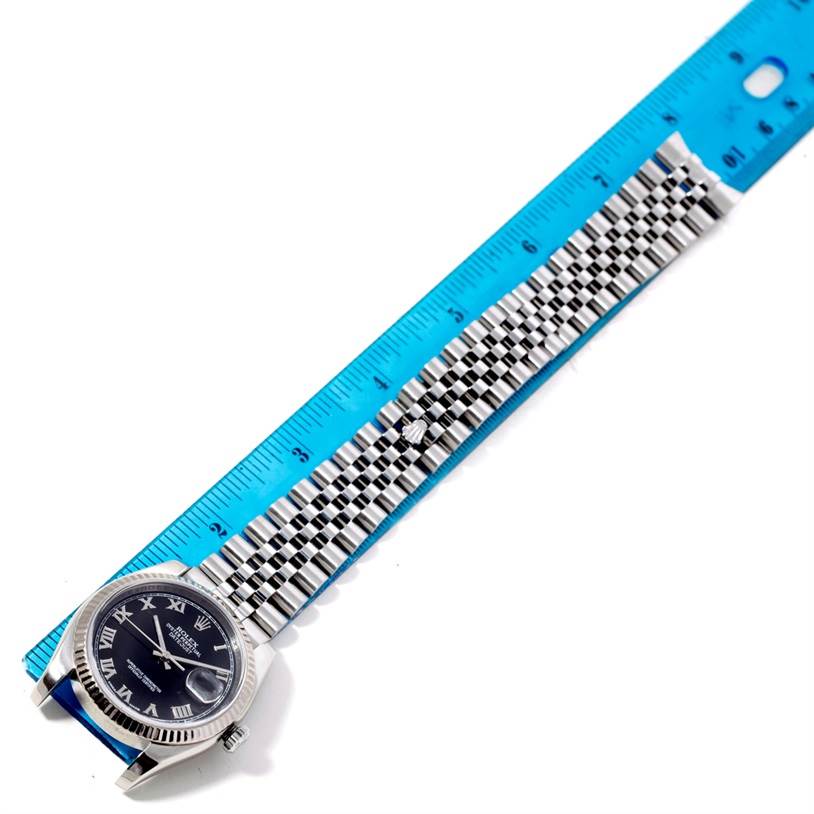
Submariner Date 16800
While the original 1953 Submariner was time-only, Rolex introduced the Submariner Date with reference 1680 in the late 1960s. The reference 16800, produced from approximately 1979 to 1989, occupies a fascinating “transitional” niche. It artfully blends the aesthetic cues of earlier matte-dial Submariners with the modern features that would define the line for decades, serving as a crucial bridge between eras.
Early 16800 models retained the matte black dials of their predecessors. However, around 1984, Rolex transitioned to glossy lacquer dials featuring hour markers framed by delicate white gold surrounds (WGS), enhancing both luxury and legibility.
The prospect of owning a vintage iteration of the world’s most iconic dive watch for under $10,000 is undeniably alluring. The stainless steel, 40mm Submariner 16800 delivers exceptional value within the vintage Rolex sports category, particularly given its pivotal role in the model’s evolution. This reference pioneered features that became Submariner staples: the scratch-resistant sapphire crystal, the practical quickset date mechanism, the safety-focused unidirectional rotating bezel, and the increased 300-meter water resistance rating.